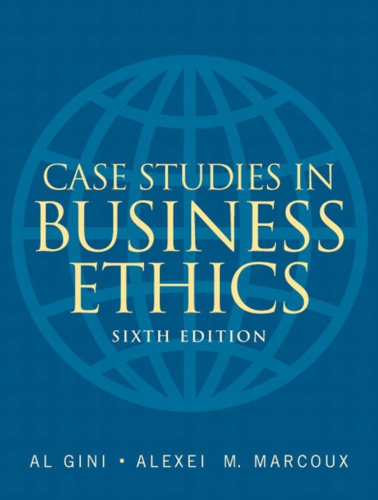In tough economic conditions, businesses need to do what they can to survive and thrive. Having a long-serving, faithful workforce with low staff turnover is often perceived as a positive thing in business. When employees have job security, employers see better motivation and everyone’s happy. But, can high attrition rates in business actually be desirable? Does a fast turnover of staff actually suit the fast-paced industries we work in and enable companies to stay fresh?
High Attrition Rates, Desirable?
In law firms there are generally two types of employees – fee earners and non fee earners. A fee earner is an employee who works directly with clients. They take on cases and charge the client a fee. This includes lawyers and barristers. Non fee earners are those who provide professional support for other legal staff in the legal firm, for example, a solicitor.
Addleshaw Goddard, a successful legal firm recently confirmed that they had made 24 fee earners redundant. Their reasoning for this cut was that natural turnover of their senior staff was very low meaning the number of senior fee earners had risen and this was overshadowing the non fee earner headcount.
This meant the firm was faced with a disproportion within the organisation and they felt the need to reshuffle. They took the difficult decision to lose 24 members of their senior fee earning team in order to “ensure that it is a better fit for our business and more appropriately supports our long-term strength and competitiveness”.
Sometimes companies are faced with no other option other than to make redundancies in order to survive. With any company reshuffle or redundancy – especially such a large amount as 24 – there is the risk that the loss of employees could have a negative effect, not just on those losing their jobs but among remaining staff fearful of ending up in the same position.
Another risk of Addleshaw Goddard’s fee earner redundancies is the affect on existing clients. In any organsation repeat business is hugely important to incoming profits and so achieving a high level of customer/client loyalty is a vital part of being successful. Fee earners tend to be those who deal with the clients on a personal level and are able to offer them a level of service other employees can’t. Over time this can result in the development of very strong relationships – so there is the concern that once a fee earner is made redundant, then there is a chance the company might in turn lose the client too.
Some staff attrition is unavoidable. For example, employees retire or relocate. Equally, some attrition is preventable – through better management or simply having better business finance in place. It seems a number of legal firms have struggled with attrition this past year and have had to make voluntary and compulsory redundancies, including Shoosmiths who also announced huge cuts as part of a recent restructure.
The bottom line is employers need to do what they can to survive – whether through redundancies or merging with another company. Recent reports from Addleshaw Goddard suggest they are currently thriving, with lots of new trainees starting in the business.
Gundip Judge, Resourcing Manager at Addleshaw Goddard was recently quoted as saying “over the last three years, we have adapted our recruitment process to widen the talent pool, increasing the number of universities we recruit from,” The suggestion being that high attrition does not always have a negative outcome.
This article was provided by BCL Legal – Legal Recruitment Specialists

